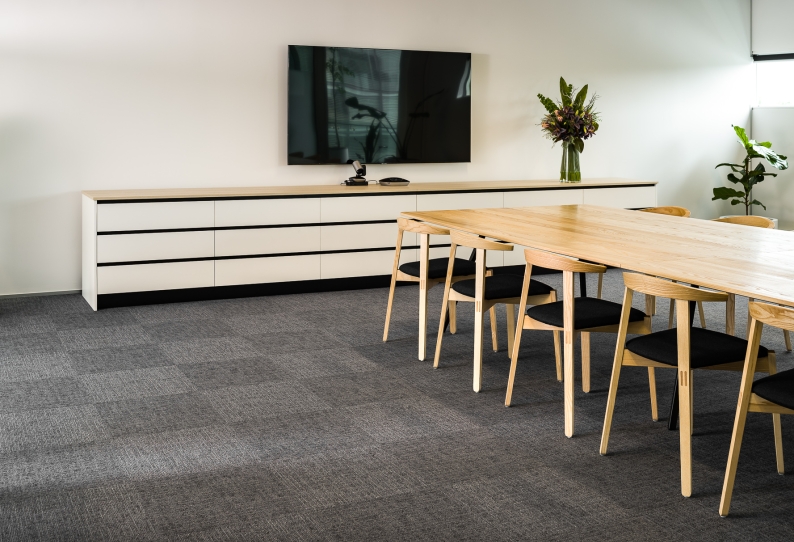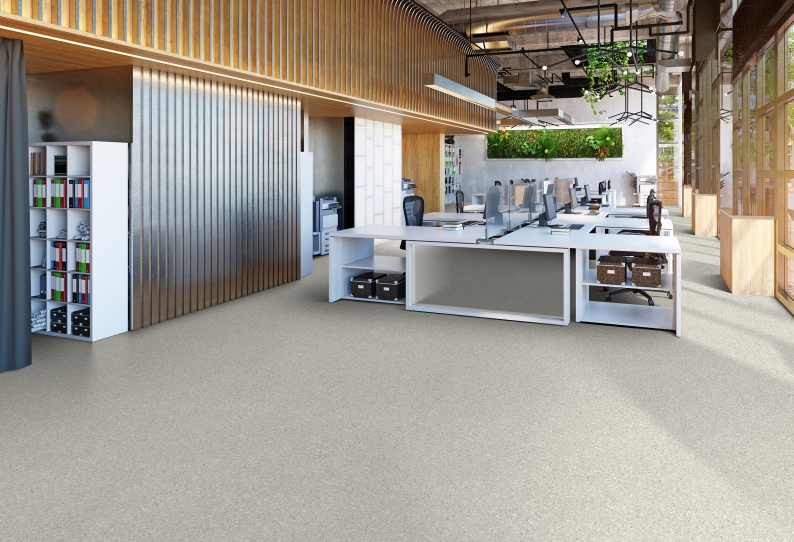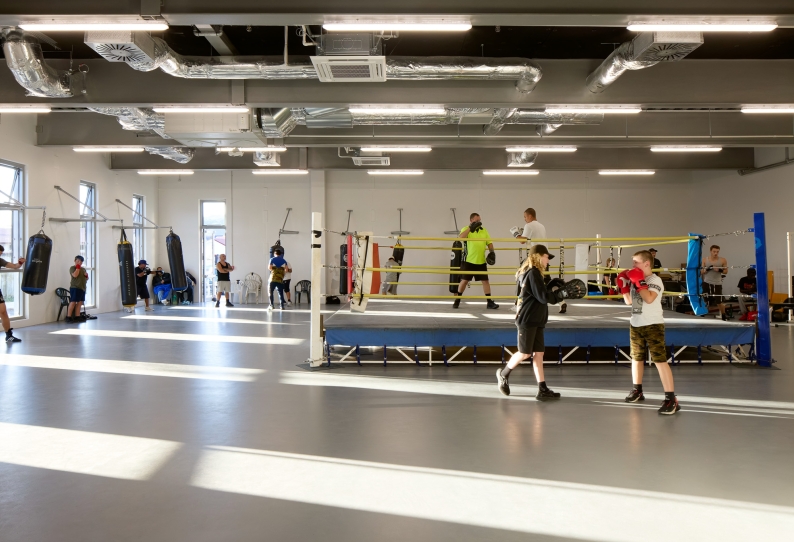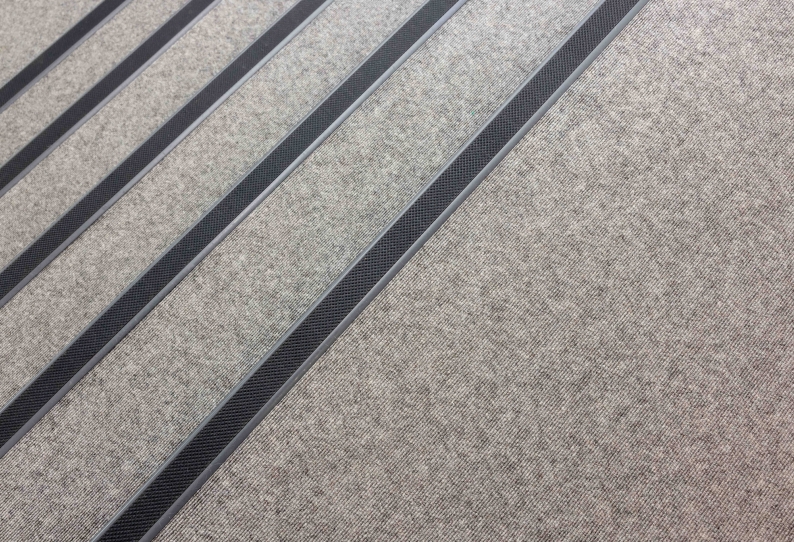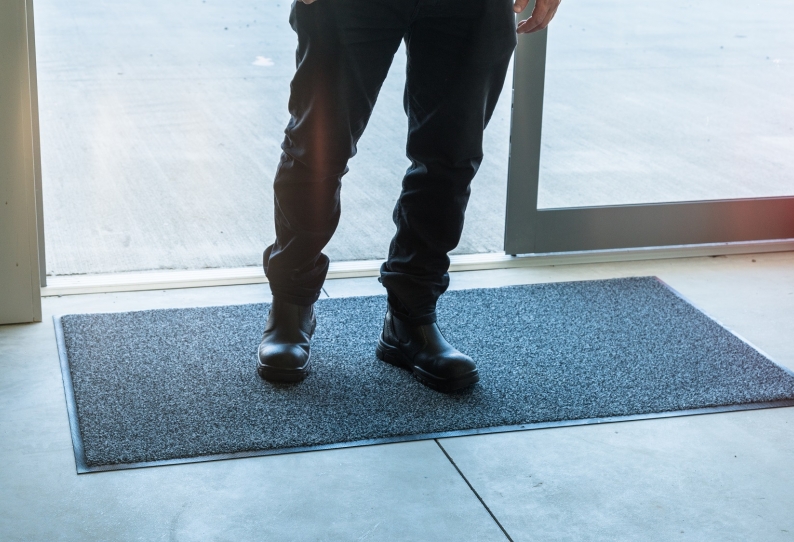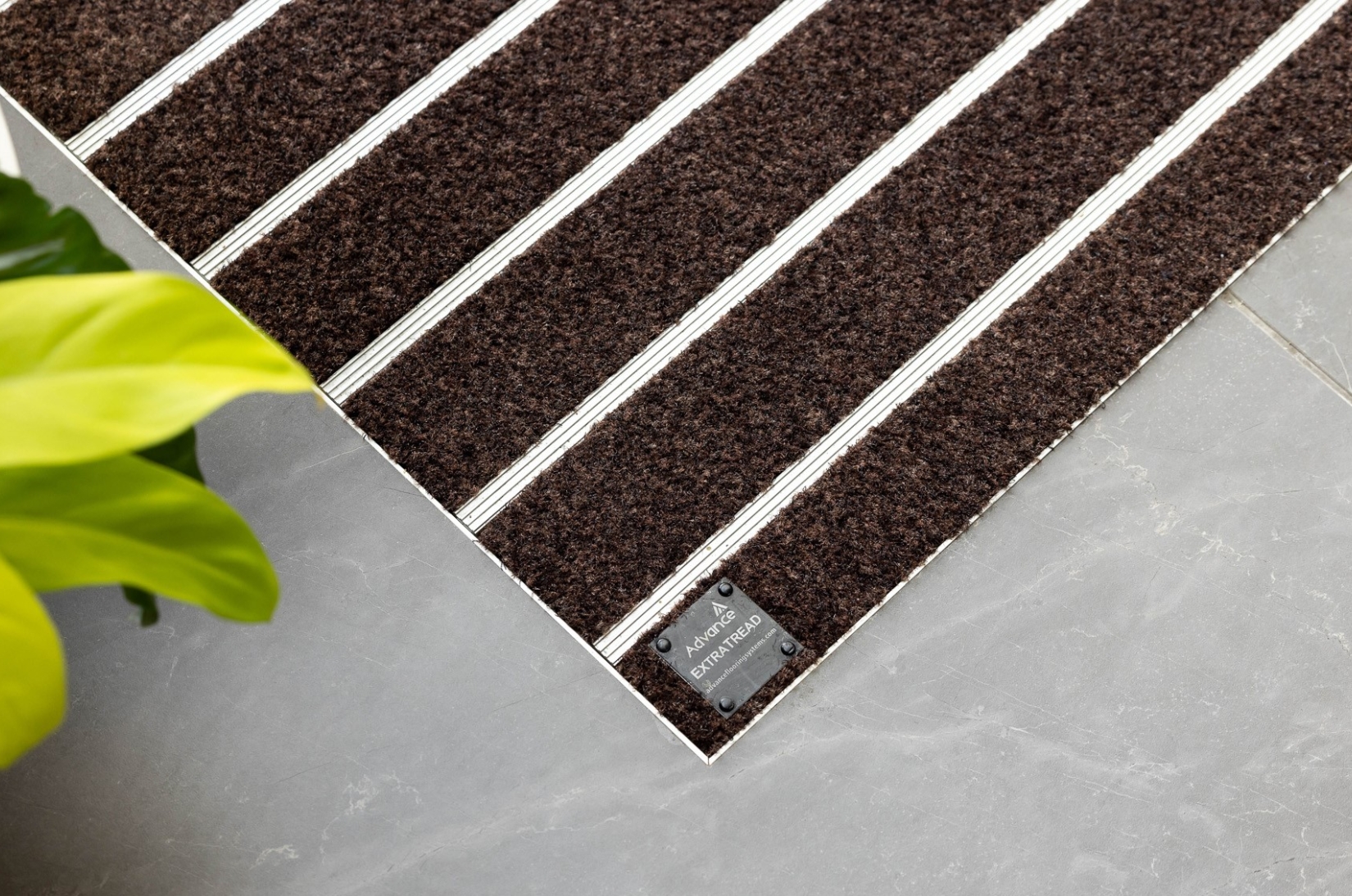
The colours, textures and patterns of nature are an inspiration for many designers. Looking deeper into the natural environment inspires elegant methods for improving built environments. This is known as ‘biomimicry,’ a concept that has proven highly successful in designing spaces for people and explored here by Pamela Parsons, Architectural Consultant at Advance Flooring.
Building entranceways, for example, may be likened to wetland areas, which act like a natural filter for runoff water before it flows into streams, rivers and lakes. Just as wetland systems trap sediment and solid material, so entry mat systems can prevent dirt and moisture from entering a building interior.
Using the concept of biomimicry to create multiple entry zones that perform different functions can keep building interiors cleaner, drier and safer, while reducing cleaning and maintenance costs.
Emulating wetland systems in entryways
A substantial amount of unwanted material is tracked into buildings on the soles of people’s shoes – a study conducted by 3M of an office of 500 staff found that almost 4kg of dirt is walked in every week. Moisture, too, is a constant problem.
Wetlands treat ‘similar’ environmental scenarios in different stages. First, plants slow the flow of water from surrounding land. They store that water before releasing it slowly, which prevents downstream flooding. Suspended sediment settles down to the very bottom, and by trapping sediment pollution, the wetland sends cleaner, healthier water downstream.
Entry mat systems can be created to mimic these processes, with an outer zone to remove large particulate matter and inner zones that absorb moisture and finer particles while transitioning to the interior flooring.
Products to suit each zone
In the outer zone – the stage of the wetland that is trapping the pollution – a product such as Advance Flooring’s ReTread can perform this function, providing a non-absorbent rubber insert that removes dirt and stones from the soles of shoes.
The next zone captures the water. Here, entry matting with highly moisture-absorbent polyamide inserts – such as CoralTread, ExtraTread, MasterTread or EverTread – fit the application. These should be laid to a depth of at least 1.8m, as specified for D1/AS1 Access Routes in the New Zealand Building Code.
For the final zone, entry carpets such as Advance Flooring’s Bross and DecoRIB suit the transition to a finished feature surface inside the building, completing the cleaning and filtering process.
The natural environment provides a genuine blueprint for systems and processes in the built environment. Using the ideas of biomimicry when approaching entranceway solutions can result in a cleaner, drier and safer interior for any type of building.


